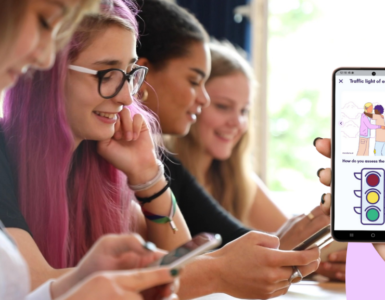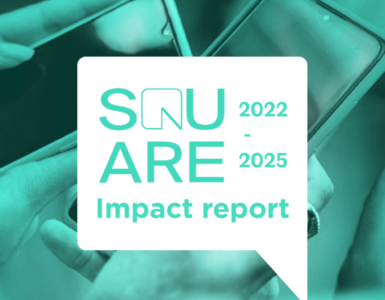The sudden outbreak of the COVID-19 pandemic has pushed online learning and teaching to the center of higher education, no matter if students, instructors, and institutions were ready or not. As a young faculty member at Lingnan University, a liberal arts higher education institution in Hong Kong, I thought I was ready for the sudden change as I had experienced online and even hybrid-mode teaching back to my doctoral training. However, I realised things were not that easy when I could not fall asleep at night due to my sore eyes after the long-time online teaching.
We constantly criticise online learning because of the lack of interpersonal interactions. However, in the survey result of 1,227 Hong Kong college students’ online learning experiences during the pandemic conducted back to May 2020, when the pandemic peaked, “lack of interactions” was only selected by 43.11% of respondents as the 7th challenge.
The biggest challenge for the survey participants was the “lack of self-discipline” (59.98%), followed by the “poor learning atmosphere” (56.00%), which may be attributed to the harsh living condition for some Hong Kong college students. They do not have their bedrooms, and it is hard to secure a quiet place. The third challenge was, surprising to me at first when seeing the result, “eye fatigue due to long-time staring at the screen” (54.77%). However, after remembering my sleepless nights due to sore eyes, I nodded and related to these students’ feelings.
Researchers and practitioners have discussed a lot about how to improve online learning effectiveness, especially the effectiveness of “emergency” online learning during the pandemic. The low satisfaction rate (26.89%) of Hong Kong college students to their online learning experiences has rung the alarm bell. Simply transferring face-to-face teaching to an online platform cannot solve the problem. A systematic design of online teaching and learning that is able to serve both the contingent and long-term situations should be one of the current focus’ of attention in higher education development.
More importantly, the survey result inspired me to realise that if we expect our students to study effectively and efficiently through the online platform, we should first ensure their physical and psychological well-being. The high rank of eye fatigue among challenges is a good pointer in this regard. Students’ health should come first, and then we can talk about study effectiveness.
Informed by the survey results, I began to improve my online teaching by some actions, which I hope can serve as practical tips. Firstly, to protect students’ eye health (also mine, of course), I strictly follow the schedule of each session (like 40 minutes) and give students frequent breaks. Moreover, I changed the background colour of the PPT slides to light green. The feedback from students on these measurements was positive, and I, at least, have stopped experiencing eye pain because of online teaching. Secondly, requiring students to keep their cameras on helps keep their attention to the class. Finally, the creative use of online interactive presentation software, like Mentimeter and Pool Everywhere, can support richer interactions.
As helpful evidence, the survey of Hong Kong college students’ online learning experiences has informed and improved my teaching. I hope it can also provide some insights to educators in other parts of this world.
Read more about the survey in the paper: COVID-19 Pandemic’s Disruption on University Teaching and Learning and Competence Cultivation: Student Evaluation of Online Learning Experiences in Hong Kong

Author
Weiyan Xiong, Ph.D., Research Assistant Professor | Institute of Policy Studies, School of Graduate Studies, Lingnan University, Hong Kong














